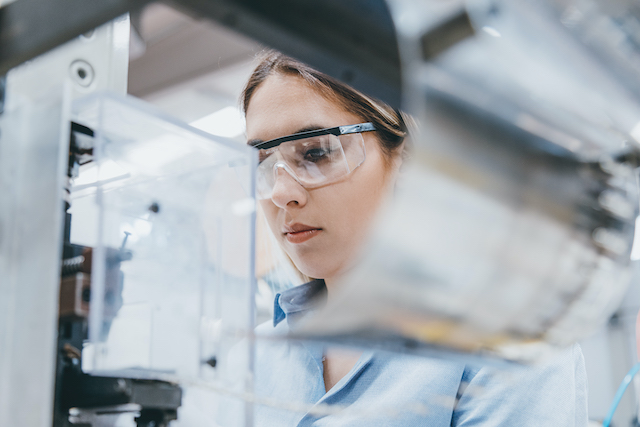
The function of a signal conditioner in your lab is to help pick up the signal from a load cell and convert it into a higher level of an electrical signal.
The overall function of a signal conditioner in your lab is to help pick up the signal from a load cell and convert it into a higher level of an electrical signal. Signal conversion is usually used by industrial applications, especially for those that use a wide range of sensors to perform different measurements. The output signals have to be converted to be usable for the different instruments they’re connected to. Through the correct use of a signal conditioner, any sensor signal could be converted to any standard process signal. Read on to learn more!
Linearization
When the signal that is produced by a load cell doesn’t have a straight-line relationship with the correct physical measurement, specific signal conditioners can then perform linearization. The signal conditioner then interprets the nonlinear output and translates it into the data acquisition device as liner signals.
Amplification
Amplification is known as the process of increasing the signal for digitization or processing. An ADC has a specific, particular dynamic range it is required to adjust the amplitude of the received signal to utilize the available range of the ADC correctly. There are two ways that signal amplification could be performed: by increasing the resolution of the input signal, or simply by increasing the signal-to-noise ratio.
Attenuation
Attenuation, which is the opposite of amplification, is required when voltages have to be digitized beyond the ADC range. This form of signal conditioning can decrease the input signal amplitude so that the conditioned signal is then within the ADC range. Attenuation is usually necessary while measuring around or more than 10 V voltages.
Excitation
Excitation is needed for strain gauge load cells which then require external voltage and current excitation. Measurements are typically made with a current source that then converts the variation in resistance to a measurable voltage. Strain gages, which are a very-low-resistance device, are usually used in a Wheatstone bridge configuration with a voltage excitation source too.
Filtering
One last important function of your signal conditioner is filtering, and this is where the signal frequency spectrum is filtered out to reject any sound within a specific frequency range. A digital filter is a mathematical filter that is used to manipulate a signal, like blocking or passing a specific frequency range.
FOR ALL ISO 17025 CALIBRATION SERVICES, CONTACT LAB PEOPLE TODAY
The Lab People Inc. is a trusted provider of laboratory equipment, services, supplies, and rental equipment for you and your laboratory. As an ISO 17025 accredited service organization, we stand behind our services with 100% satisfaction guaranteed for all of our customers. We offer on-site and off-site calibration services for balances, pipettes, moisture analyzers, force measurement, test weights and more. Services include preventative maintenance, SQ-Min, IQOQ, repairs, legal for trace/placed in service, verification and more.
For more information about how we can assist you, visit our website, email us, or give us a call at 1-800-296-2001!
Do not forget to follow us on Facebook, Twitter, and Linkedin!
